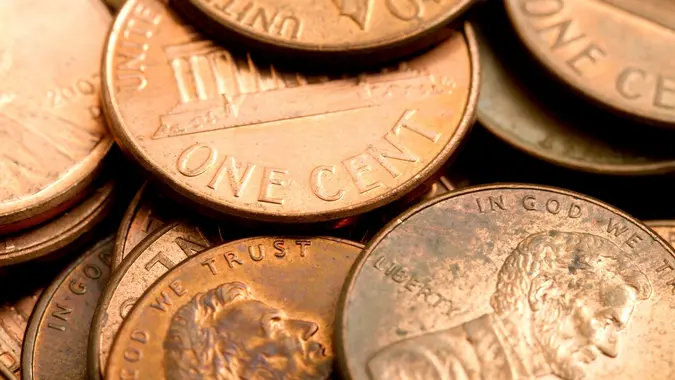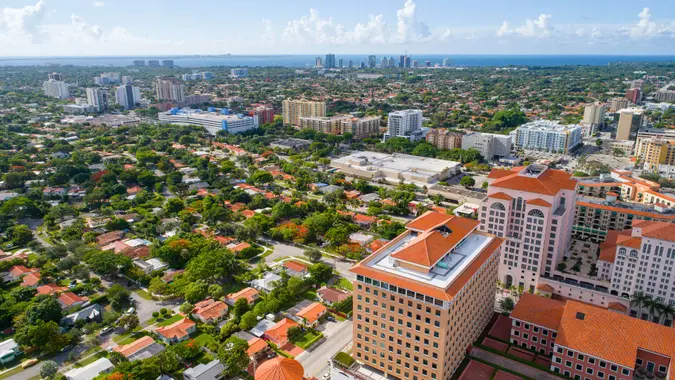Did Your Savings Just Hit $50,000? Here Are 5 Expenses You Might Want to Reconsider in 2024

Commitment to Our Readers
GOBankingRates' editorial team is committed to bringing you unbiased reviews and information. We use data-driven methodologies to evaluate financial products and services - our reviews and ratings are not influenced by advertisers. You can read more about our editorial guidelines and our products and services review methodology.

20 Years
Helping You Live Richer

Reviewed
by Experts

Trusted by
Millions of Readers
When you’re focused on saving money, you may have to make certain sacrifices to reach your financial goals. The good news is that you can alter your approach once you hit a significant financial milestone like $50,000 in savings.
Here are five expenses to review after you reach that goal.
1. Consider A CD
A certificate of deposit (CD) is a low-risk method for growing your savings. You’ll get a fixed interest rate for a specific period of time, and with some CDs currently offering 5.5% or more returns on your money, it’s an ideal time to take advantage of this savings opportunity.
If you’re not ready to jump into the stock market or real estate, CDs may be a good option.
2. Get The Most Out Of High-Yield Savings Accounts
You might also want to take advantage of the higher interest rates provided by a high-yield savings account (HYSA) to maximize your returns. Make sure to research different banks and rates to ensure you’re getting the best option for your money.
3. Create a Budget
In addition to growing your savings, you’ll want to create a budget you can follow. Here are a few questions to ask as you build your budget:
- What are my financial goals? For instance, do I want to buy a home or become debt-free? It’s crucial to list your financial goals so that you know what you’re working towards.
- Where can I save money? You’ll want to review your spending to determine any subscriptions or expenses you can reduce or eliminate.
- How much will I save? You want to determine how much of your income you’ll put towards retirement and investing for your future.
4. Build An Emergency Fund
Once you’ve built up a significant savings account, it’s time to focus on establishing a separate emergency fund so that you have the money to handle any unexpected expenses. These may include car repairs, paying your bills if you lose your job, or replacing your stove.
Dave Ramsey, the popular personal finance expert, recommends starting with a small emergency fund of $1,000 before building up to three to six months’ worth of living expenses. Whatever approach you take, the goal is to have enough in your emergency fund to provide you with the peace of mind knowing that you’re covered financially if anything happens.
5. Pay Down Your High-Interest Debt
If you have money saved up in a separate account, you may want to think about paying off your high-interest debt so that you can focus on investing and saving. While Ramsey suggests paying down your lowest balance first to build momentum, you may want to consider paying off the balance with the highest interest first.
Whichever method you use, the sooner you become debt-free, the sooner you can fully focus your efforts on your future financial goals.
Closing Thoughts
Revisiting your expenses, investing goals, creating a budget and a debt payoff plan are all important steps to take this year once you’ve accumulated a significant amount of savings. You want to make the right financial moves to reach your financial goals and make sure your money is working for you.
More From GOBankingRates
 Written by
Written by  Edited by
Edited by 

























